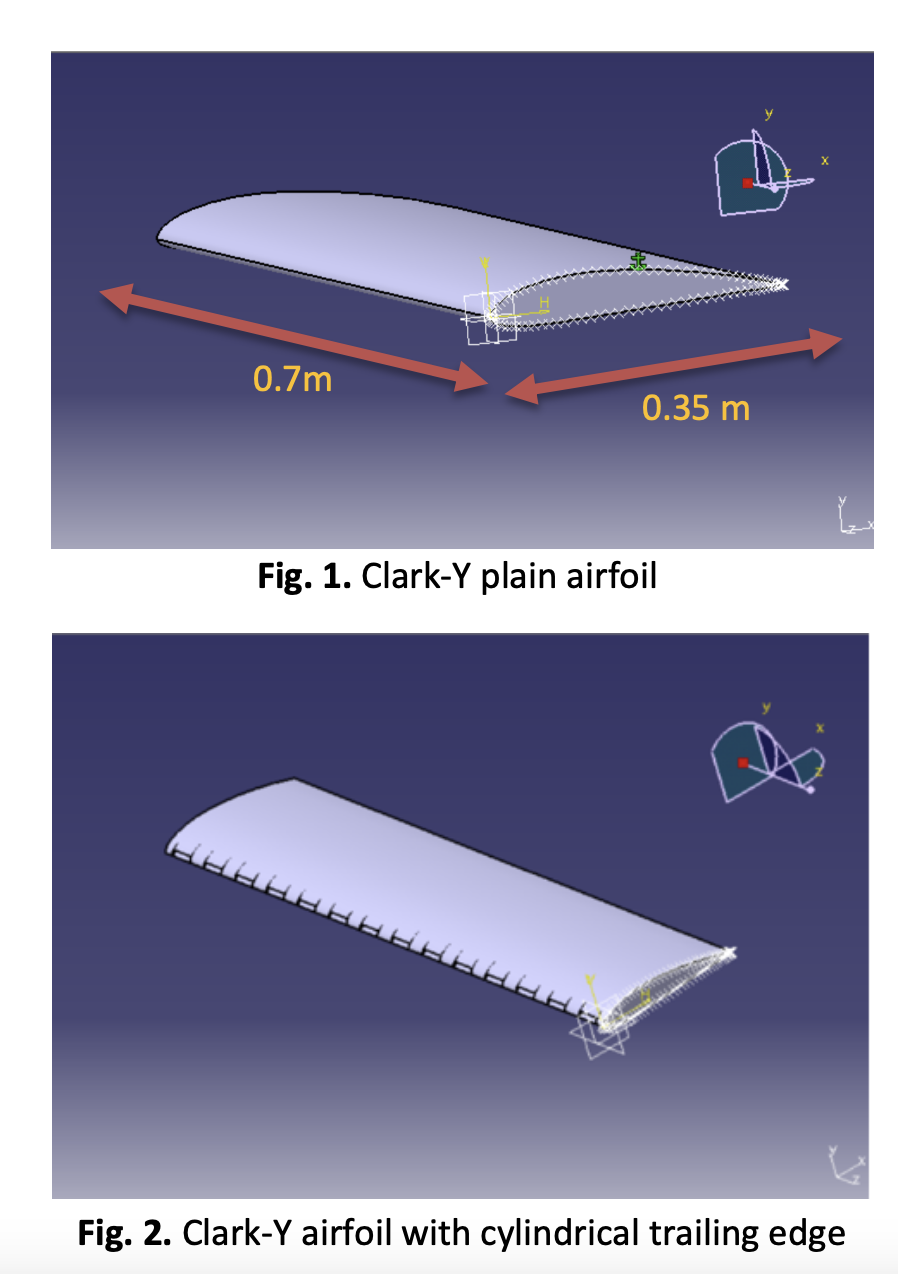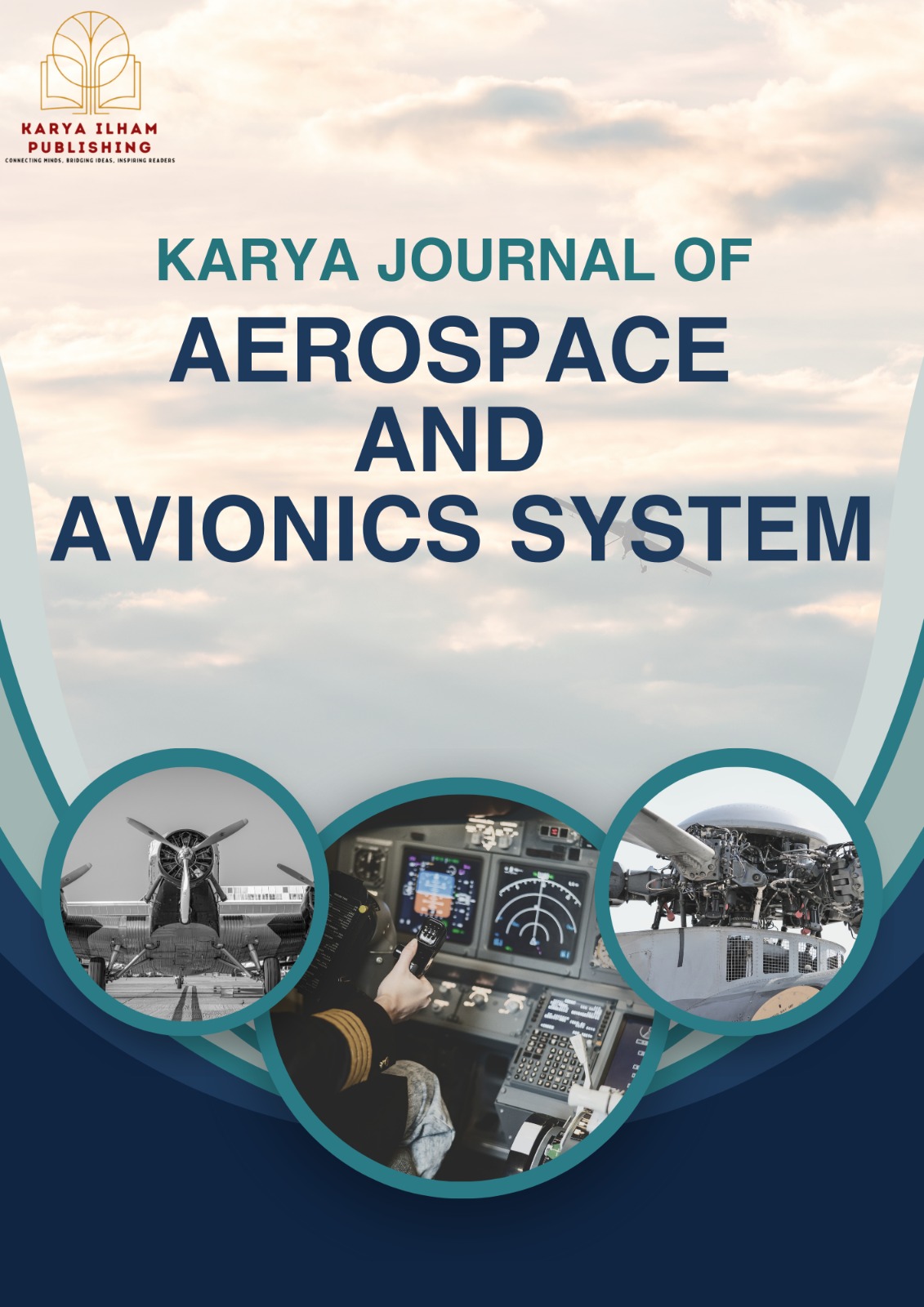Numerical Study of Heat Distribution of Triangular Cooling Ducts on Solar-Powered UAV Wing
Keywords:
Heat distribution, triangular cooling ducts, solar-powered UAV wingAbstract
The performance of solar cells is significantly impacted by environmental factors, particularly temperature, which directly influences their voltage output. Higher temperatures lead to reduced voltage, thereby diminishing the efficiency of solar cells. This study investigates the thermal behavior of solar cells integrated into the wings of solar-powered unmanned aerial vehicles (UAVs) and proposes innovative cooling duct designs to enhance their efficiency. Using Clark Y airfoils, cooling duct models were designed and modeled in CATIA, followed by computational fluid dynamics (CFD) simulations conducted in ANSYS Fluent. The results indicate that the proposed cooling ducts reduce the average temperature of solar cells by 16.33% compared to a baseline design lacking cooling mechanisms. These findings provide a framework for optimizing solar-powered UAVs for both military and civilian applications by improving energy efficiency and operational reliability. This study also serves as a reference for advancing the design and thermal management strategies of solar-powered UAV systems.









